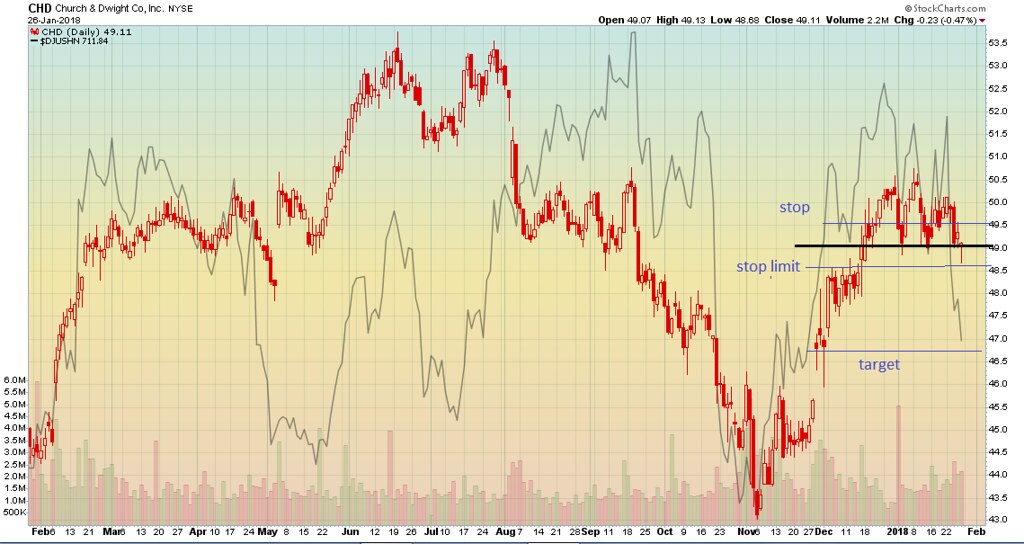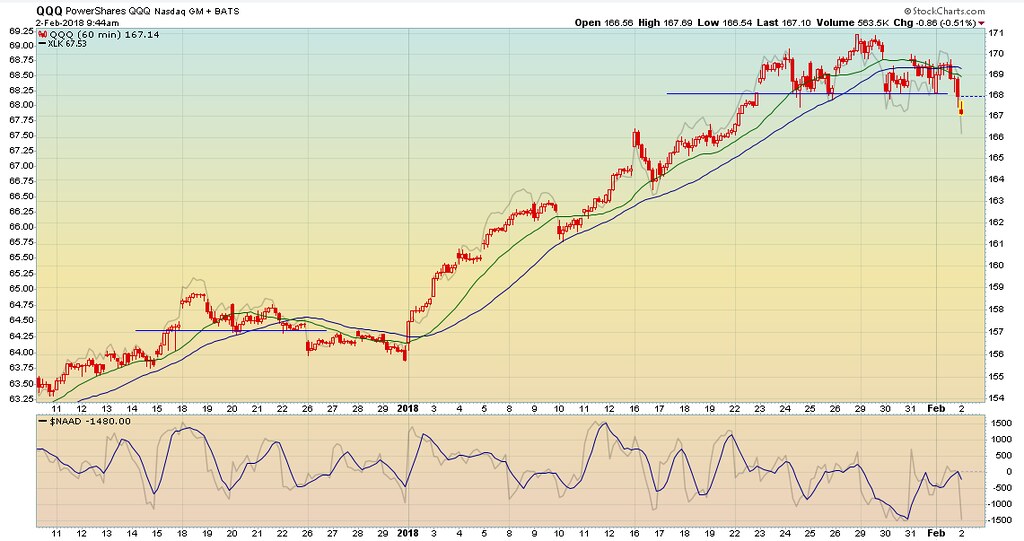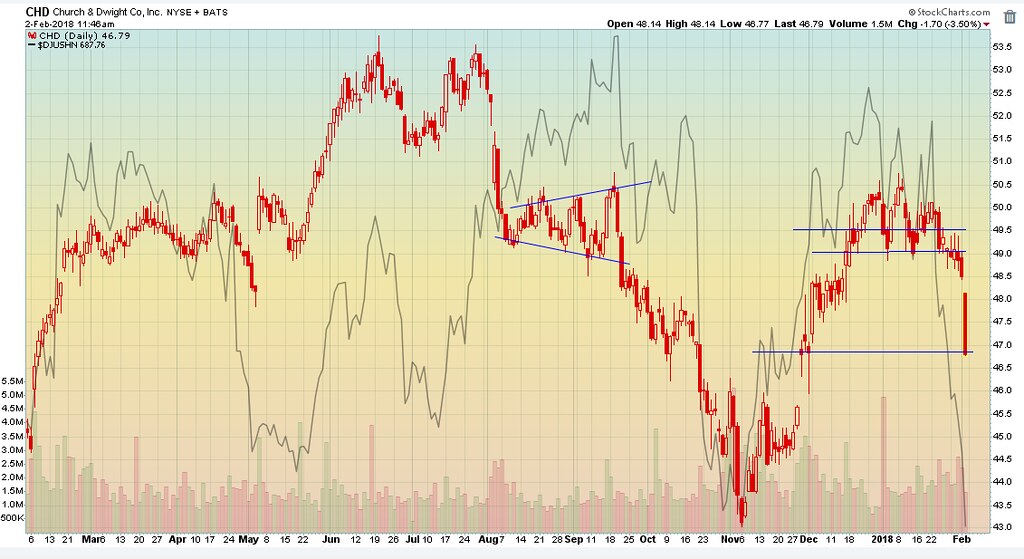It's both the box-size AND the reversal amount combined that give the P&F plot it's desired precision level. So yes if you're looking at a 10x2 plot (with my below test data) you won't see much. With P&F you should hone the box size & reversal amount to match your trading style, i.e. lower numbers for scalping, higher numbers for swing trading/trend following.
Using a very rudimentary scalping example, i.e. the DAX banging up underneath resistance at 13,000.
Lets assume the start time is 13:00 until 13:15 (i.e. 15 minutes duration), here are some (fabricated) "ticks";
12,990 - OPEN
12,991
12,995
12,994
12,998
13,000 - 1st hit on 13k
12,996
12,995
12,998
12,993
12,995
13,000 - 2nd hit on 13k
13,001 - HIGH
12,997
12,996
12,999
13,000 - 3rd hit on 13k
12,995
12,993
12,989 - LOW
12,991
12,995 - CLOSE
Your 5-minute OHLC candlestick will be as follows;
OPEN - 12,990
HIGH - 13,001
LOW - 12,989
CLOSE - 12,995
A candlestick would show an upper wick of 6 points, with a green body 5 points in height, and a lower wick of 6 points.
However a 1x2 or a 2x2 P&F plot would show the price hitting and reversing on the 13,000 price level 3 times - on the 4th attempt you would be able to attempt a scalp short with a R/R of 2.
Sorry a picture is worth a thousand words but I'm lacking in artistic skill/time 🙂
If I can find the time I'll post some candlestick vs. P&F comparison charts, in a separate thread.
Note;
- Obviously in 15-minutes you'd actually have thousands upon thousands of ticks.
- Renko charts are basically identical to P&F charts but with a hard-coded reversal of 1.
- My maths might be out in above example by a point here and there but I hope you should get the idea?



